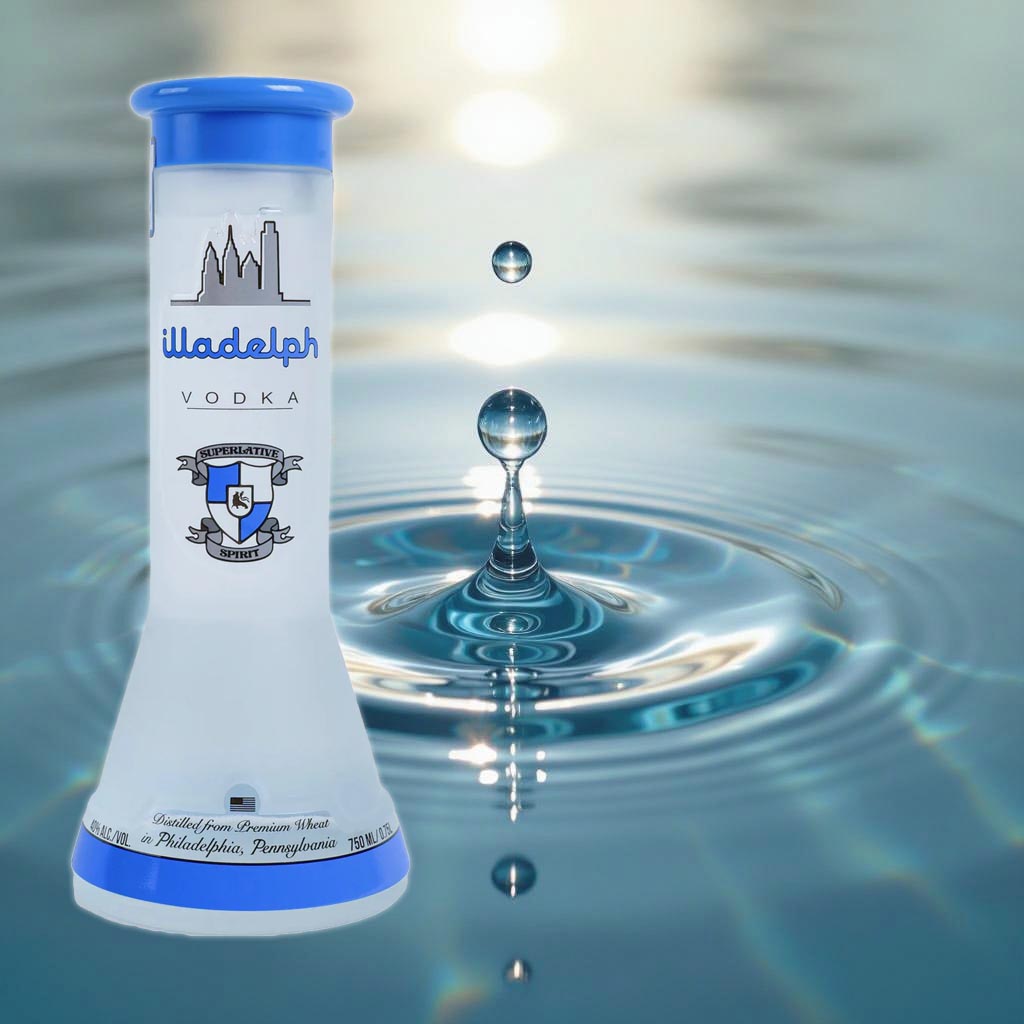
June 23, 2025
In the world of craft spirits, vodka holds a unique position where the quality of water can make or break the final product. American craft distillers have increasingly recognized that their water source is just as crucial as their base ingredients and distillation techniques. This growing awareness has led to a renaissance in craft vodka production, with distillers seeking out and highlighting their unique water sources as key differentiators in the market.
The Science Behind Water’s Importance
Water plays multiple crucial roles in vodka production, from fermentation to final proofing. At a molecular level, water’s properties affect everything from chemical reactions during fermentation to the final mouthfeel of the spirit.
Chemical Composition
The mineral content of water significantly impacts:
Popular Water Sources in American Craft Vodka
Mountain Springs

Many craft distilleries situated near mountain ranges utilize natural spring water, prized for its mineral content and natural filtration through rock layers. These waters often contain balanced mineral profiles that can enhance the vodka’s mouthfeel and character.
Notable examples include distilleries in the Rocky Mountains and Cascades, where spring water passes through multiple layers of ancient rock formations, picking up trace minerals along the way.
Glacial Waters

Some distilleries in northern states tap into glacial water sources, known for their exceptional purity and low mineral content. This water type allows the base spirit’s characteristics to shine through clearly.
Alaskan distilleries, in particular, have capitalized on their access to pristine glacial meltwater, creating vodkas with remarkable clarity and smoothness.
Artesian Wells

Artesian well water, naturally filtered through layers of sand and rock, is another popular choice among craft distillers. These waters often contain unique mineral compositions that can impart subtle flavors to the final product.
Many Midwest distilleries utilize deep artesian wells that tap into ancient aquifers, accessing water that has been naturally filtered for centuries.
Advanced Water Treatment Methods
Reverse Osmosis and Remineralization

Some distillers employ a two-step approach:
Traditional filtration methods include:
Regional Characteristics
Different regions of America offer distinct water profiles, leading to subtle variations in vodka character:
Northeast
Characterized by soft water from ancient glacial lakes and streams, producing vodkas with clean, crisp profiles.
Southeast
Limestone-filtered water creates mineral-rich profiles, often requiring additional treatment but contributing to unique regional characteristics.
Pacific Northwest
Snowmelt and rainfall create extremely pure water sources, leading to vodkas with exceptional clarity and smoothness.
Impact on Production Processes
Water quality affects multiple stages of production:
Modern Innovations in Water Treatment
Contemporary craft distillers are exploring new technologies:
Future Trends
The craft vodka industry continues to evolve with:
The choice of water source represents a crucial decision for American craft vodka makers, affecting everything from the distillation process to the final taste profile. This attention to water quality and source helps distinguish craft vodkas from mass-produced alternatives, creating unique regional expressions that reflect their geographic origins.
As the craft spirits industry continues to mature, the role of water sources in vodka production will likely receive even more attention, driving innovation and quality in American craft vodka making. This focus on water quality and source authenticity continues to be a key differentiator in the premium spirits market, helping craft producers create distinctive products that appeal to increasingly knowledgeable consumers.
